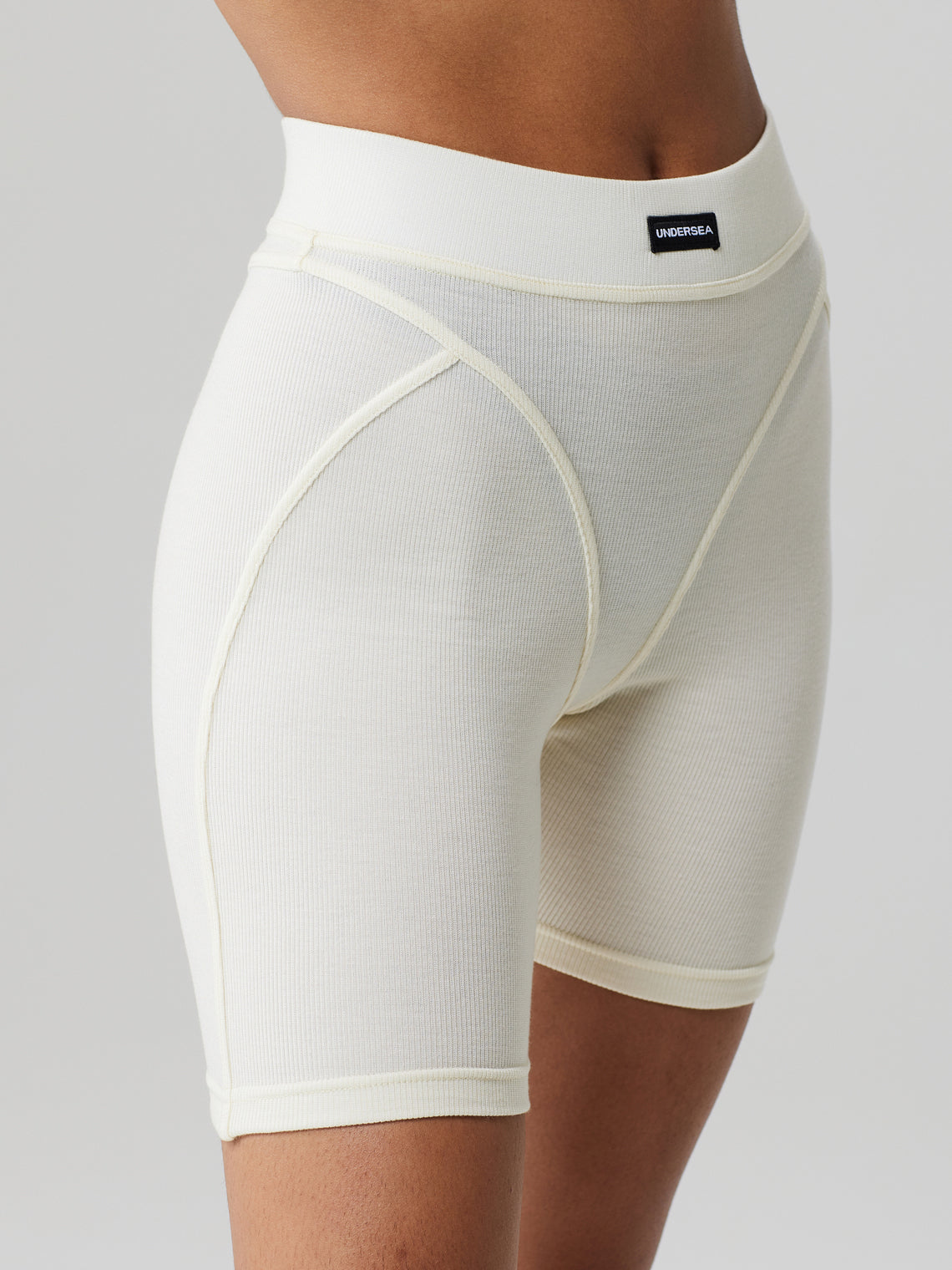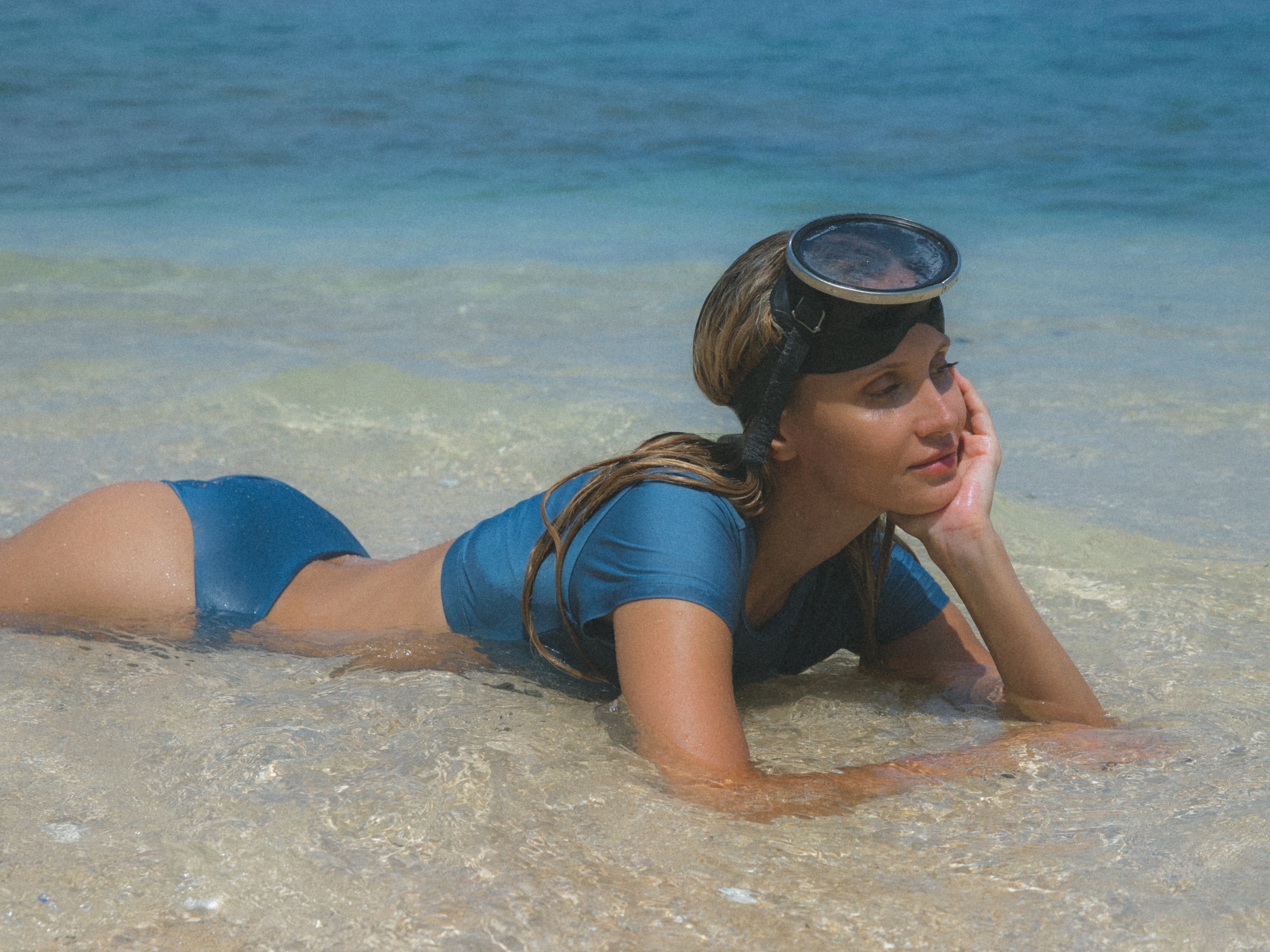If we would make a list of all the animals who are dying from plastic, this post would be very very long. So, we decided to show you those 5 marine animals who are on top of this SAD list. I bet you don’t think of the consequences when you throw away your plastic rubbish, so we give you an insight into how our addiction to plastic (as bottles, bags, straws, etc.) has become killer enemies for our oceans and their marine life.
1. SEA TURTLES
No doubt, why we have chosen sea turtles to put in focus of our charity project and why we would like to donate them. Each year, hundreds of thousands of adult and immature sea turtles are injured or dead due to commercial fishing. Around 150,000 turtles of all species killed in shrimp trawls, more than 200,000 loggerheads and 50,000 leatherbacks captured, injured or killed by long lines, and large numbers of all species drowned in ghost fishing nets.
More than 100 million marine animals are killed each year due to plastic debris in the ocean.
More than 80% of this plastic comes from land. It washes out from our beaches and streets. It flies away from landfills into our seas. As a result, thousands of sea turtles accidentally swallow these plastics, mistaking them for food. Leatherbacks especially, cannot distinguish between floating jellyfish – a main component of their diet – and floating plastic bags. Most of the debris is recognizable: plastic bags, balloons, bottles, degraded buoys, plastic packaging and food wrappers. Some plastics aren’t so easy to see, so small, in fact, that it is invisible to the
naked eye. If sea turtles ingest these particles, they can become sick or even starve. Marine pollution can have serious impacts on both sea turtles and the food they eat.
2. SEALS AND SEA LIONS
There is a huge amount of seals and sea lions that become entangled in plastic bags or plastic packing bands leading to injury and death. Young seal and sea lion pups tend to play with marine debris, not knowing the harm they can cause. When they do get wrapped around or embedded in a seal or sea lion’s neck, the wound can be horrific and expose the animal to infection. In fact, plastic packing bands and rubber bands continue to deeply impact the Stellar Sea Lion population.
3. SEABIRDS
Plastic pollution leads to the deaths of millions of marine bird species each year. Gulls, pelicans, and other seabirds all experience the impact of pollution. Often mistaking plastics for dead fish, carrion, or insects, seabirds eat these items or become entangled in them, which can lead to injury or result in death.
4. FISH
Fish, along with pretty much any marine mammal that brings in water through its gills, are increasingly at risk to microscopic plastic debris. A new study, according to The New York Times, seeks to calculate just how much of that plastic ends up in fish. In the north Pacific ocean alone between 12,000 and 24,000 tons of plastic end up in fish. This is 9 percent of fish found in the north Pacific, according to researchers at the University of California, San Diego.
Keep in mind that this does not include fish that die from ingesting plastic and it does not include fish that pass the plastic through their systems. So in reality, the numbers are likely even higher than study calculations.
5. WHALES AND DOLPHINS
The largest mammals in the sea can still be affected by the smallest pieces of plastics, fishing lines, or nets. They often become entangled in the lines and can easily injure themselves or drown if the lines aren’t removed. On the other hand, whales often mistakes marine debris for a potential food source and choke when the debris is consumed. According to Marine Pollution Bulletin, cetaceans are ingesting plastic debris at a rate as high as 31 percent, and in turn, 22 percent of those cetaceans were at an increased risk of death.
Please, be mindful where you put your rubbish. Don’t just throw them away! There is no “away”. As you can see, it costs hundreds of thousands of marine animals’life.
Try to reduce your plastic usage and recycle if you can! Luckily, there are more and more alternatives for eco-friendly solutions. We are one of them. Don’t forget! Every purchase of Undersea Bikini means that there is less plastic in the oceans and you can save a life of these beautiful creatures!
Join us and be a conscious woman who cares about other’s life as well!













